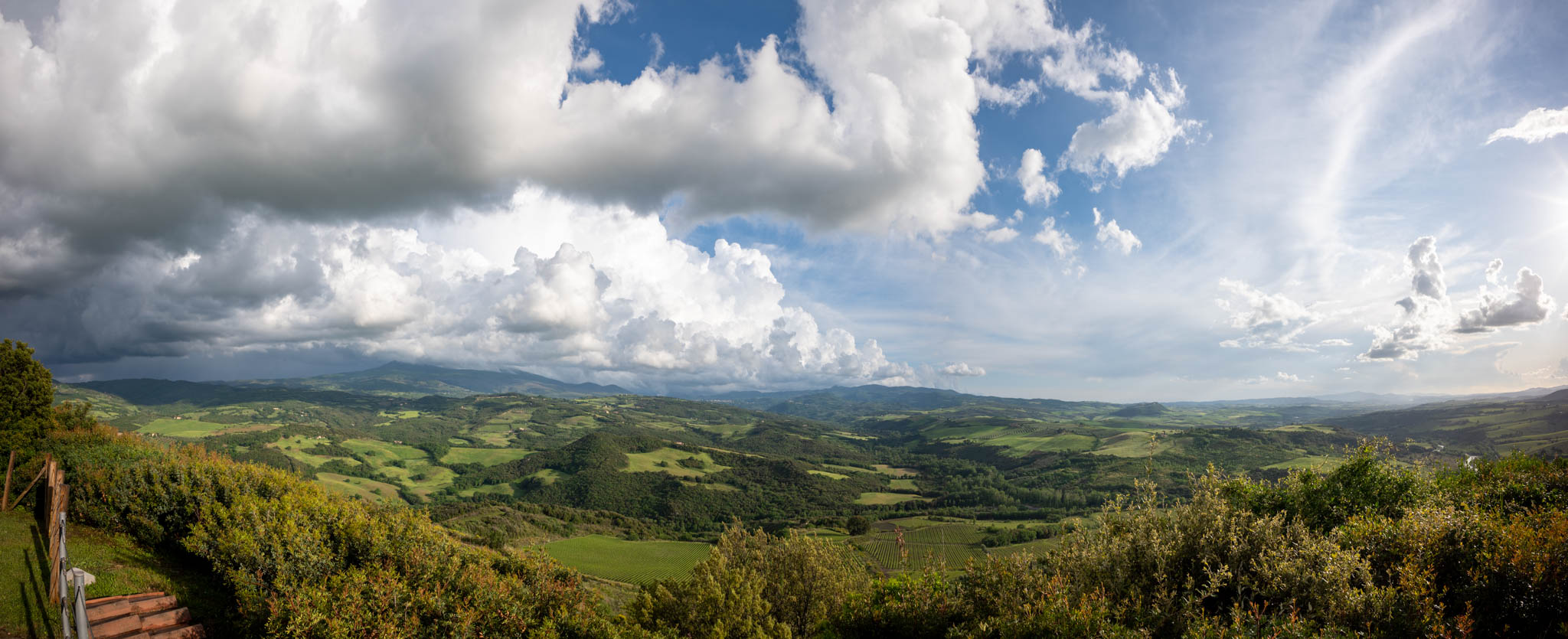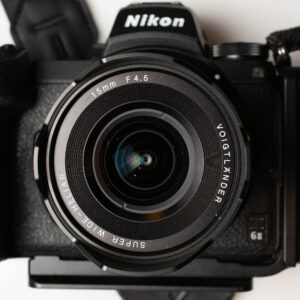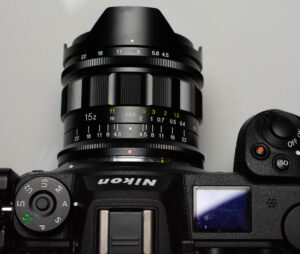A niche product category I didn’t know until recently even exists is retro style manual focus lenses in mounts for (mostly) mirrorless cameras of all major brands. These are invariably primes, often with classical optical designs. Most of the manufacturers are Chinese, but I recently noticed a line from what was once a venerable German company called Voigtländer whose name and optical designs were bought by Cosina, a Japanese lens manufacturer. The first, and maybe not the last, lens of theirs I added to my small Nikon Z mount collection is their 15mm f/4.5 “Super-wide Heliar.” The Heliar design dates back as far as 1902, but this particular model has been updated with at least one aspherical element.
As you can see in the pictures above the lens is nicely built with a large knurled focusing ring and an aperture ring with click stops at 1/3 stop intervals. Depth of field indicators are a nice touch that you don’t see on modern autofocus lenses. There’s a lens hood attached with a pair of presumably removable screws.
Unlike a lot of lenses in this genre this one has electronic contacts for communication with the camera. The single point focus indicator can be set manually and focus peaking works, but no wide area focus mode is selectable. Aperture is set manually but is communicated to the camera, so aperture priority exposure works fine with any metering pattern.
I have a use for this lens! A few years back we had the opportunity to photograph aurora borealis several nights in northern Finland and Norway. Although the trip was reasonably successful we lost a huge percentage of exposures to missed focus. Getting and maintaining focus in the dark with autofocus lenses turns out to be really difficult, especially at -30C as we often encountered. Finding focus and setting the lens to manual doesn’t really work because you’ll inevitably nudge the focus ring. Our guide on one excursion suggested taping the focus ring down, but tape tends not to hold for long. A manual focus lens solves the focus problem because they almost always have a hard stop at infinity focus, so all you have to do is make sure it’s set properly.
The other consideration in picking this particular lens is that at northern latitudes the aurora is often directly overhead and stretches over a sizeable fraction of the sky, so an ultra wide angle lens or even a fisheye is ideal to capture the aurora and surrounding landscape. The only downside to this lens is that it’s rather slow at f/4.5 maximum aperture. But the Z6 II performs reasonably well at high ISO and Lightroom’s new “AI” assisted noise reduction appears to be quite effective, so setting it a few steps higher than I otherwise would for nocturnal photography should be no problem. Another potential problem that reviewers mention is that vignetting is significant, especially wide open. I haven’t really noticed it at least in daytime photography so it’s possible the in camera vignetting correction is fully compensating.
Although I haven’t done rigorous testing this lens appears to be at least as good optically as my most nearly similar Nikkor lenses at the center and outperforms them at the corners. In these zoomed in views of a nighttime shot I see just a hint of chromatic aberration in the corner and little or no coma or astigmatism. This picture is a 30 second exposure with a fixed camera, so the trailing is simply from earth’s rotation, not any defect in the lens.
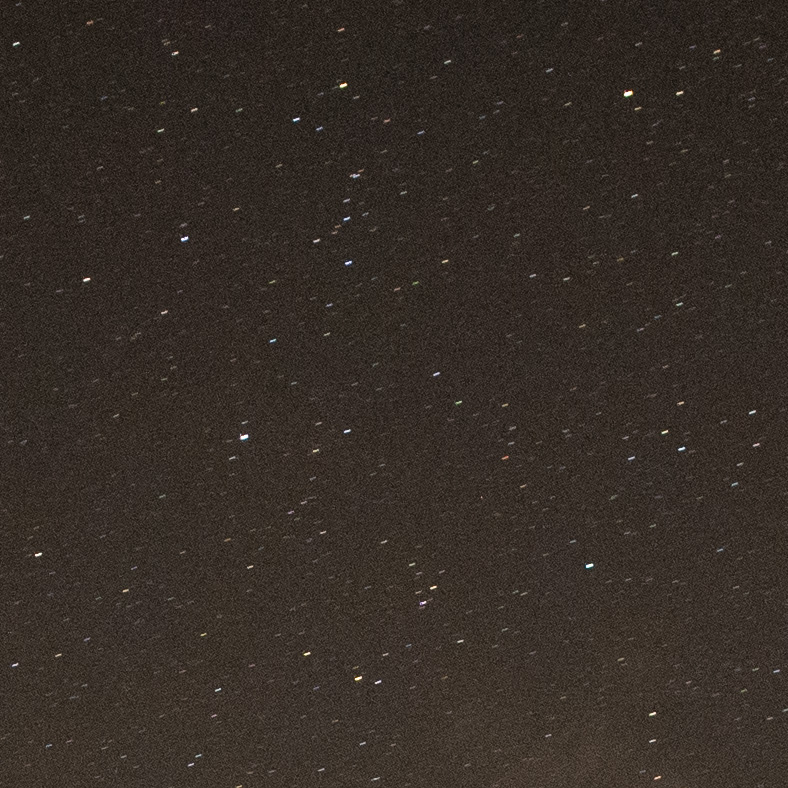
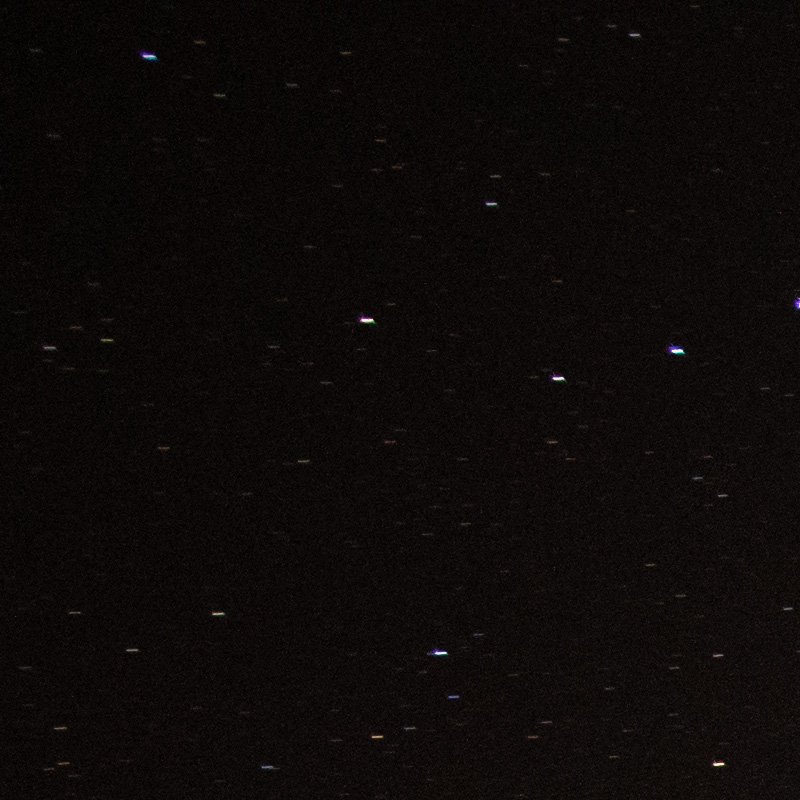
Not too bad, I think.
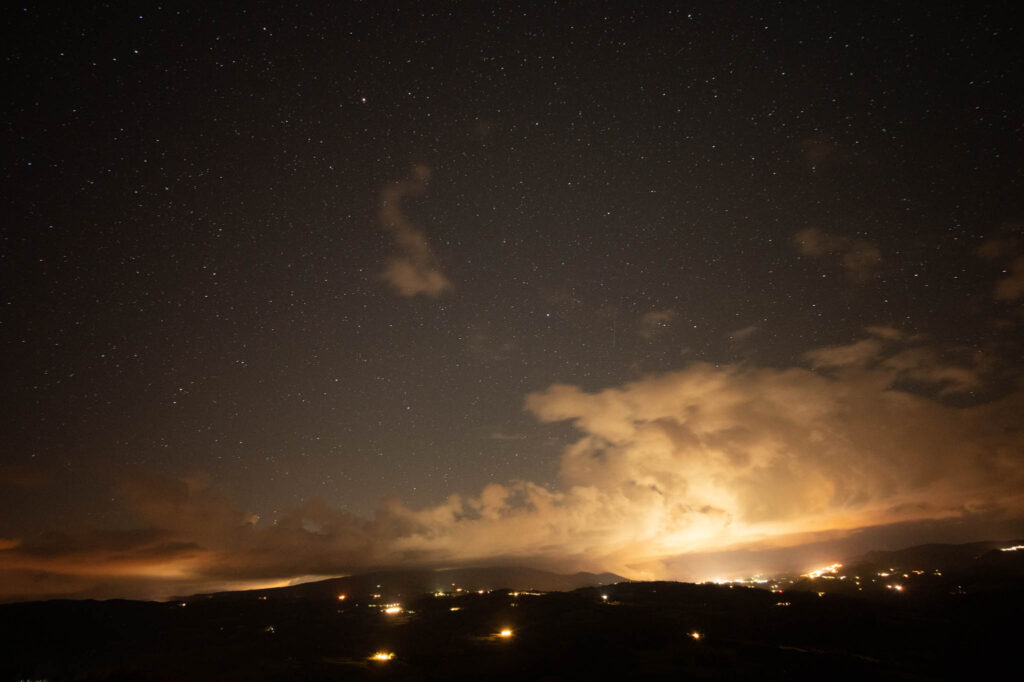
The lens has a 10 bladed diaphragm which produces 10 diffraction spikes when stopped down. That made for an interesting effect in this panoramic landscape that was stitched together from 3 exposures.
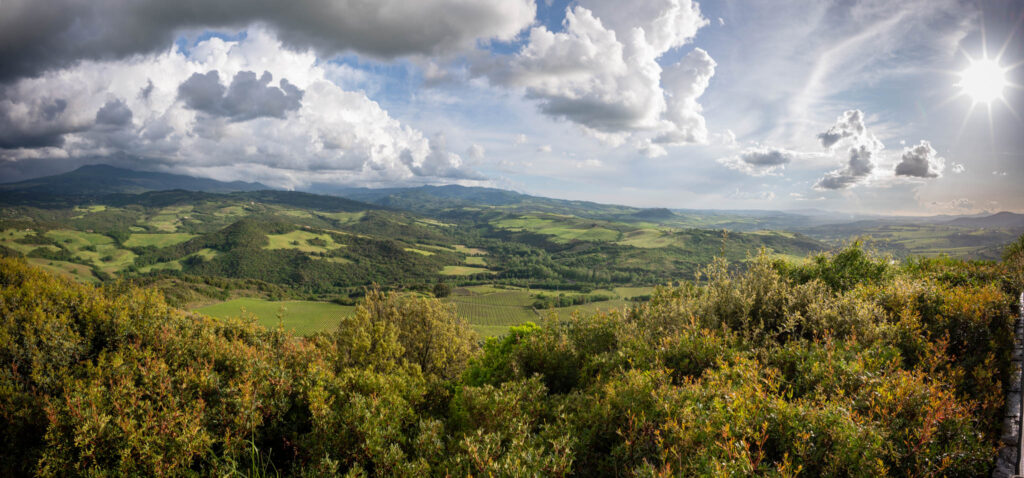
Amazon currently lists this lens at US$ 745 for the Nikon Z mount. Not inexpensive, especially compared to other 3rd party manual focus lenses, but the optical performance and electronic interface justify the price in my mind. I might even consider adding another lens in their line to my kit.
